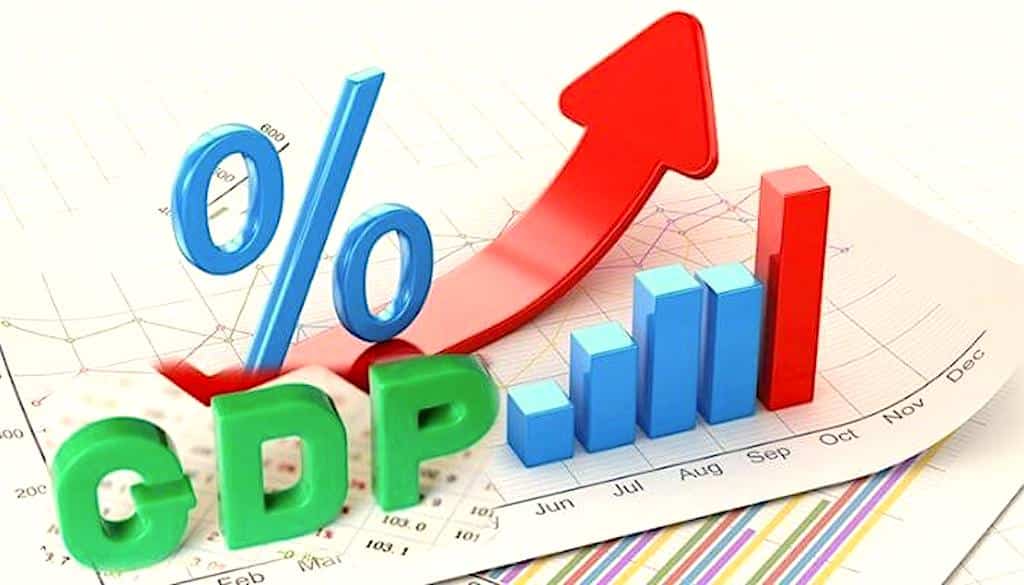Major Changes in US Trade Policy Prompt S&P to Downgrade India’s GDP Outlook

S&P Global Ratings has revised its economic outlook for India, lowering the country’s GDP growth projection for the fiscal year 2025-26 to 6.3 percent, a decrease of 20 basis points. The forecast for the following fiscal year, 2026-27, has also been adjusted downward by 30 basis points to 6.5 percent. This adjustment comes in the wake of trade-related uncertainties, particularly following the United States’ announcement of reciprocal tariffs, which have prompted the Reserve Bank of India to similarly revise its growth forecast.
Economic Adjustments Amid Trade Tensions
The Reserve Bank of India has echoed S&P’s concerns, adjusting its growth forecast for the fiscal year 2025-26 from 6.7 percent to 6.5 percent. This revision reflects the impact of trade uncertainties stemming from the U.S. government’s stance on tariffs. President Donald Trump has reiterated his commitment to implementing matching tariffs on countries, including India, to ensure a balanced trade environment. Although the implementation of these tariffs has been temporarily suspended for 90 days, negotiations between various nations and the U.S. administration are ongoing.
S&P’s adjustments are not limited to India; the ratings agency has also lowered growth forecasts for several major economies, including the United States, Canada, and various European nations. The U.S. economy is expected to see a decline of approximately 60 basis points in GDP growth for the same period, with Canada and Mexico facing similar reductions. In the Asia-Pacific region, China’s growth is projected to decrease by 0.7 percentage points, while Japan and India are expected to see declines between 0.2 and 0.4 percentage points.
Global Economic Implications
S&P’s Global Macro Update highlights the broader implications of changing U.S. trade policies, which have contributed to market instability and raised concerns about a potential global economic slowdown. The agency describes the situation as a “seismic shift” in U.S. trade policy, which has unsettled markets and heightened fears of a worldwide economic deceleration. Paul Gruenwald, S&P’s Global Chief Economist, emphasized that the increase in U.S. import tariffs, along with retaliatory measures from trading partners, has created significant market turbulence.
Despite these challenges, S&P maintains that a substantial growth deceleration is unlikely. The agency does not foresee a recession in the U.S. at this time, although it acknowledges that risks remain. Gruenwald noted that the longer-term configuration of the global economy, particularly the role of the U.S., is becoming increasingly uncertain. The potential spillover effects from tariff shocks to the real economy could pose additional risks to the baseline economic outlook.
Future Outlook and Considerations
As S&P revises its economic outlook, it considers various factors, including GDP expansion, inflation rates, and the probability of recession. The agency’s assessment indicates that while downside risks are heightened across regions, significant growth deceleration is not anticipated. However, the potential for stronger-than-expected impacts from trade tensions remains a concern. The evolving landscape of global trade and economic policies will continue to shape the outlook for India and other major economies in the coming years.
Observer Voice is the one stop site for National, International news, Sports, Editor’s Choice, Art/culture contents, Quotes and much more. We also cover historical contents. Historical contents includes World History, Indian History, and what happened today. The website also covers Entertainment across the India and World.

